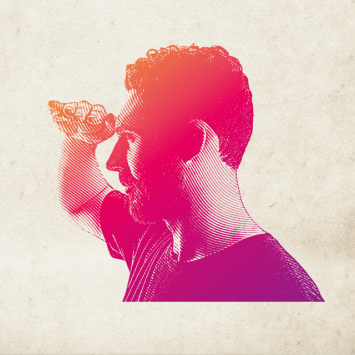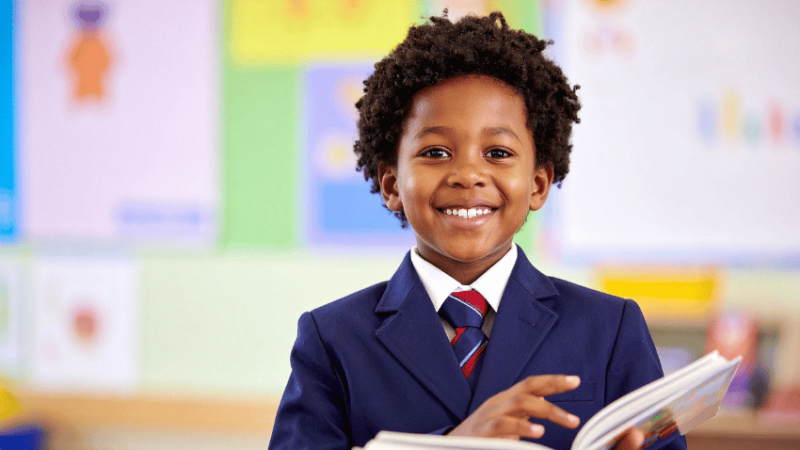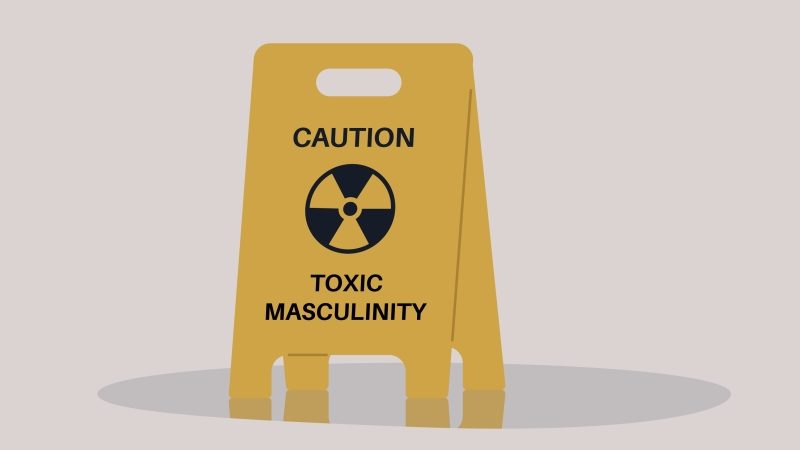Challenging Children – How Can Early Years Settings Support Physical Development?
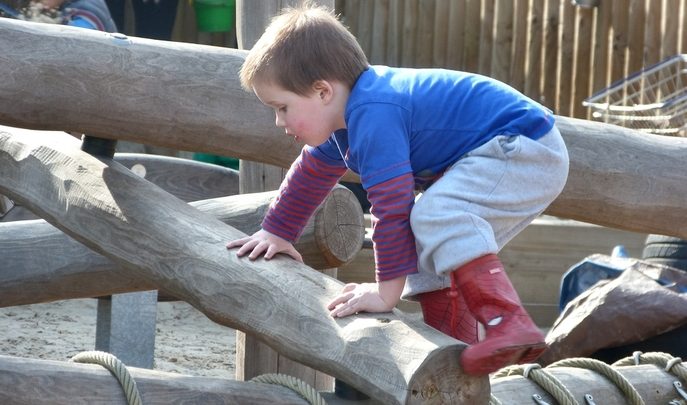
Outdoors, engaging opportunities for kinaesthetic learning are plentiful – so make sure your children can take advantage of them, says Anna Ephgrave…
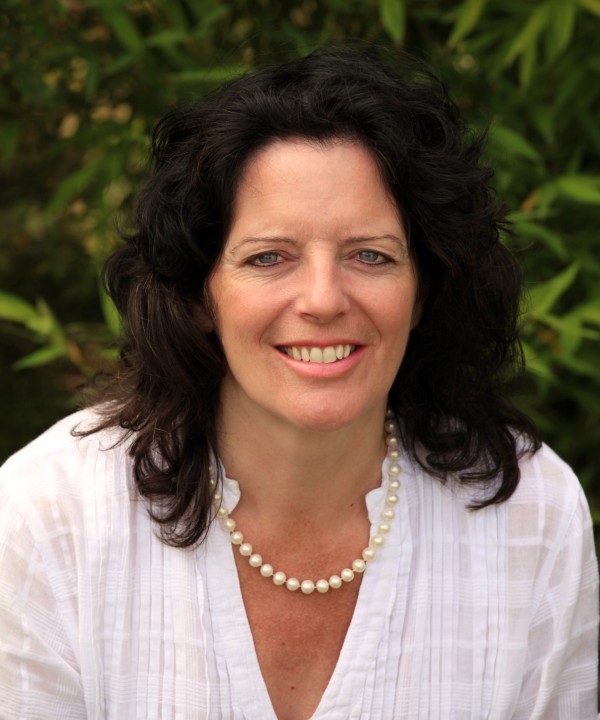
- by Anna Ephgrave
- Early years consultant, author and former assistant headteacher Visit website
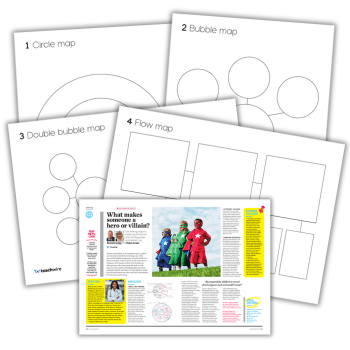
Much of children’s physical development at Carterhatch Infant School takes place outdoors, where challenge and opportunities for risky play abound.
Here, I want to look at a few areas that are primarily focused on gross motor development, and also at how the adults at Carterhatch support physical development in general.
Carterhatch Infant School from Fully Formed Films on Vimeo.
Outdoor opportunities
Climbing equipment I am generally opposed to fixed climbing structures, except monkey bars; they’re usually incredibly expensive, may lack challenge and take up a lot of space. At Carterhatch we’re very fortunate that space is not an issue, and that the fixed climbing apparatus we have is very challenging. It was, however, very expensive, having been installed back when school budgets were far more generous… We have very few rules, but one is that when children are climbing, nobody touches anyone. This includes adults – we don’t touch the children as they climb. If they cannot climb up unaided, they don’t climb up!
In this way, they can only climb as far as they are capable and are less likely to get stuck or to climb to a place that isn’t safe. I have often seen children fall when they are being ‘held’ by an adult, whereas if they’re left alone, their concentration is far greater and they are less likely to fall.
In addition, when a child is climbing, the words “Be careful!” can interrupt their concentration and actually cause an accident. We don’t have an adult stationed at the climbing structures but adults scan the areas regularly and will intervene if necessary. Other climbing apparatus includes A-frames, gym tables, ladders, logs, nesting tables and the large blocks. The equipment is always available at the edge of the play areas, but it’s up to the children if they want to set it up and in what configuration.
When this is being done, the staff will be on hand to encourage the children to check the safety, and think about the space carefully. Sometimes the area will be used for other activities – again, this is seen as a teachable moment, when the children can learn to negotiate about the use of the space and come to some compromise.
Wheeled vehicles The wheeled vehicles are another important resource in the development of gross motor skills, spatial awareness and balance. They are available every day, but in a restricted area so that they don’t disrupt other activities. As stated above, we’re lucky with space, but in any setting, if the bikes are dominating the garden then review the provision and consider their value in terms of learning. Again, we use levels of involvement on wheeled toys. If the children are riding round with little challenge and low-level involvement, perhaps the toys are not challenging enough. We have trikes, two-wheeled ‘glider’ bikes and two-wheeler pedal bikes, scooters and vehicles that can hold two children. This range provides challenge for all the children.
Balls, bats and beanbags Small PE apparatus is also stored outside and available as part of the continuous provision. This includes balls of various sizes, stilts, skipping ropes, hoops, bats, ball catchers, bean bags, large skittles, etc. As with many resources, we store plastic equipment in baskets – the rain goes through and the plastic won’t rot in the rain – and there is no need to set up these areas each day.
The resources are stored at the edge of the area, where they are to be used.
Woodwork The other area outside that promotes physical development is the woodwork bench. This activity actually promotes learning in all areas, but even with regard to physical development alone, the benefits are huge. With the use of real tools and hard wood (rather than balsa wood), muscles in hands and arms become stronger and the children develop more control of these muscles.
They learn to vary the amount of force used when wielding saws, and have to develop effective fine motor control and hand-eye coordination in order to hold and hammer down nails. Through experience, they learn how to keep their fingers out of the way of the hammer.
Adult involvement
As with all areas of learning, the adults are a key part of the provision in terms of supporting progress. As stated above, children will find things to challenge themselves and will persevere. However, there are still moments when, without an adult, a child might give up.
Many such ‘teachable moments’ include an aspect of physical development. For example, a child will design a bag that she wishes to make with fabric and sewing. She can complete the whole process independently, apart from threading the needle. Without an adult on hand at that point, the whole project would be abandoned.
In this example, the adult would model how to thread the needle and talk through the process. Based on their knowledge of the child, the adult would also decide whether or not to encourage the child to try this process themselves. Another example is the child who is trying to swing on the knotted rope we have attached to a tree. An adult observes that the child is keeping his hands at shoulder height, and is not then able to lift his feet off the ground. The adult suggests that the child stretches his arms as high as possible, takes a few steps back and then lifts his legs up. The adult stays with the child, reminding him of the process and eventually the child has a great time on the rope swing.
These adult-child interactions are superb examples of ‘teaching’ in the early years.
Final thoughts
To summarise the approach to physical development described above:
use levels of involvement to review your provision allow children to exploit their innate inner motivation to find challenges in the setting; ensure adults are available to spot and exploit teachable moments.
These three points can be applied to all aspects of learning, but the area of physical development one that’s vitally important as the foundation and indicator of much future learning. Physical development should be a priority for all settings – get it right and you will have confident children, willing to take on new challenges and physically ready for everything that the education system will later throw at them.
To see children’s development in action at Carterhatch, view this video from Slow Education: ow.ly/T0TQs
Anna Ephgrave is assistant headteacher for early years at Carterhatch Infant School; for more information, visit www.carterhatchinfants.com


